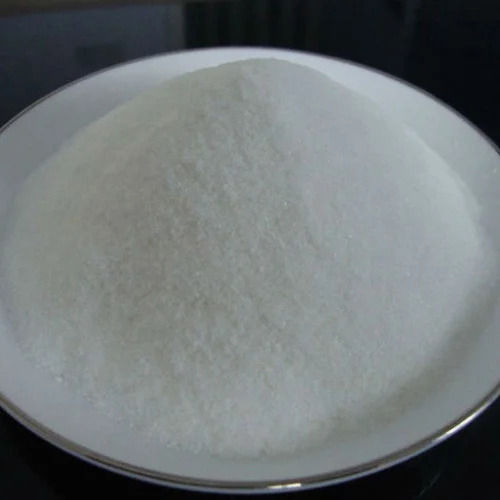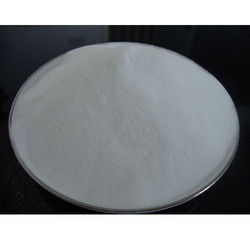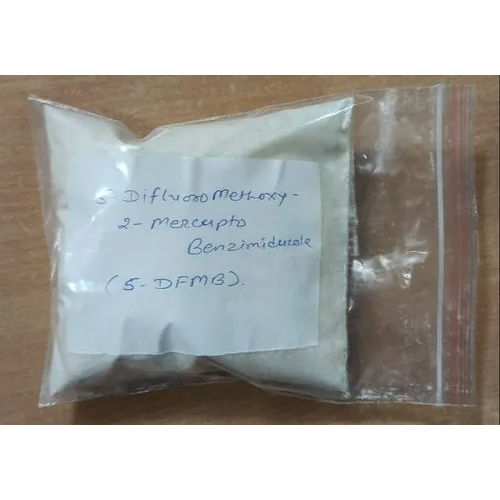Sodium Bisulphite
Product Details:
- Grade Analytical Grade
- Purity 95%
- Molecular Weight 104.07 GSM (gm/2)
- Physical Form Powder
- CAS No 7631-90-5
- Usage Industrial
- Molecular Formula NaHSO3
- Click to View more
Sodium Bisulphite Price And Quantity
- 50 Kilograms
- 35 INR/Kilograms
Sodium Bisulphite Product Specifications
- Powder
- NaHSO3
- 7631-90-5
- Industrial
- 104.07 GSM (gm/2)
- Analytical Grade
- 95%
Product Description
Sodium bisulfite, also known as sodium hydrogen sulfite, is a chemical compound with the chemical formula NaHSO3. It is an inorganic salt composed of sodium ions (Na+) and bisulfite ions (HSO3-). Sodium bisulfite is a white to yellowish crystalline solid or powder with a sulfurous odor.
Here are some key points about sodium bisulfite:
1. Preservative Sodium bisulfite is commonly used as a preservative in the food and beverage industry. It helps prevent the growth of bacteria, yeast, and mold by inhibiting enzymatic and oxidative reactions that cause spoilage. It is often added to foods such as fruit juices, canned fruits and vegetables, and seafood products.
2. Antioxidant In addition to its preservative properties, sodium bisulfite also functions as an antioxidant in food products. It helps prevent the oxidation of certain compounds, such as vitamins and pigments, which can lead to color changes, flavor deterioration, and nutrient loss.
3. Water Treatment Sodium bisulfite is used in water treatment processes to remove excess chlorine and chloramines from drinking water and wastewater. It reacts with chlorine to form sodium sulfate and chloride ions, thereby dechlorinating the water. This is particularly important in industries such as municipal water treatment, swimming pools, and spas.
4. Chemical Reducing Agent Sodium bisulfite is a mild reducing agent and is used in various chemical processes, including in the production of pharmaceuticals, textiles, and paper products. It can be used to reduce or neutralize certain oxidizing agents and reactive species in chemical reactions.
5. Photography Sodium bisulfite is used in the photographic industry as a fixing agent and in developing solutions. It helps remove residual silver halide from photographic prints and films after development, thereby stabilizing the final image.
6. Other Applications Sodium bisulfite has various other industrial applications, including in the production of leather, pulp and paper, and personal care products.
While sodium bisulfite is generally regarded as safe for its intended uses, it can cause allergic reactions in some individuals, particularly those with sulfite sensitivity or asthma. Regulatory authorities often require labeling of products containing sodium bisulfite to alert consumers to its presence. Proper handling and storage procedures should be followed to minimize risks associated with its use.




